The predictability of regeneration of class II furcation defects is considered by many as the most challenging periodontal defect to treat. The main aspect to be considered in the regenerative therapy of class II furcation defect is the large number of factors that can influence the response to such sites. The clinician must be aware of the amount of negative factors present in a given situation, always seeking to minimise them.
Many of such factors are well described in the literature and will be discussed during our FDI presentation along with factors that have been studied by our group, in the School of Dentistry of Ribeirão Preto of the University of São Paulo, Brazil. Our periodontal group has dedicated many decades to studying the wound healing of several techniques including Guided Tissue Regeneration. In these studies, several factors not described well in the literature were reported.
Furthermore, one should keep in mind that regeneration techniques have shown very favourable results when they are well indicated, being highly sensitive to issues that can interfere with host responses, both locally and systemically.
Factors that have been published by our group include the influence of concavities of the root trunk on the regeneration of furcations. Results of animal and human studies will be presented.
Membrane removal with 4 to 6 weeks is the current approach but this has not been proven scientifically but based on the wound healing of other periodontal surgical techniques. We will demonstrate the results, again, of animal and human studies, where membranes were removed at different time intervals to try to identify the shortest period for membrane removal. The longest the membrane remains in place, higher is the possibility of membrane exposure and contamination, factors that will decrease attachment and bone gain.
The association of membranes with grafting materials could also be important in improving our results as well as the association with different grafting materials.
Regeneration of class II furcations without the use of membranes will also be discussed at the FDI. Many materials have been studied with this purpose, and perhaps here lies the future, especially enamel matrix derivative. This product has also been focused in our studies and has the potential for connective tissue attachment but not bone formation on a predictive manner.
Attempts to improve the predictability of bone formation with this material will be described.
Prof. Arthur Belém Novaes Junior presented a session “Biological Basis for Periodontal Surgery” as part of the FDI AWDC’s Specialist Clinical Session programme.
Este artículo del Dr. Yassine Harichane, experto en odontología estética, destaca la forma de trabajar con composites termoviscosos en una situación ...
The search for the beauty ideal has been a long quest in human history. We have been looking for beauty forever, from the Golden Ratio of the Ancient Greeks...
CURITIBA, Brazil: He comes from a small town in the state of Minas Gerais, in the south of Brazil. Through sheer personal effort and decades of unwavering ...
Un grupo de investigación argentino realiza ensayossobre biocompatibilidad para determinar las propiedades de los materiales en la regeneración y/o ...
Este artículo describe mediante un caso clínico las características, indicaciones y efectos que tiene el activador abierto ...
El doctor Sergio Kohen, Profesor Adjunto en la Cátedra de Odontología Integral de la Universidad de Buenos Aires, explica que es necesario adaptarse a los...
Caso clínico elaborado por expertos internacionales en Cirugía Bucal e Implantología de la Universidad de Valencia, España, donde se describe el manejo ...
The International Association for Dental Research (IADR) is the largest organization dedicated to foster knowledge on oral health through research ...
A world-class faculty including Sascha A. Jovanovic, Carl E. Misch, Craig M. Misch, Paul Petrungaro, Michael A. Pikos and others will headline the Main ...
Dr. César R. Sabatés has two great loves. His family, including a new passion for his recently born first grandson Bruce, whom he adores. And dentistry. ...
Webinars en vivo
lun. 12 de enero 2026
8:00 CST (Mexico City)
Prof. Judith Jones D.D.S; M.P.H., Prof. Kakuhiro Fukai D.D.S., Ph.D, Dr. Bathsheba (Bethy) Turton
Webinars en vivo
mié. 14 de enero 2026
11:00 CST (Mexico City)
Dr. Théo Laplane, Dr. Robert Gottlander DDS
Webinars en vivo
vie. 16 de enero 2026
11:00 CST (Mexico City)
Webinars en vivo
lun. 19 de enero 2026
12:00 CST (Mexico City)
Philipp Kopp, Michael Seeber
Webinars en vivo
jue. 22 de enero 2026
13:00 CST (Mexico City)
Dr. Nicola M. Grande DDS, PhD
Webinars en vivo
mié. 28 de enero 2026
7:00 CST (Mexico City)
Webinars en vivo
mié. 28 de enero 2026
10:00 CST (Mexico City)
Prof. Dr. Jan-Frederik Güth



 Austria / Österreich
Austria / Österreich
 Bosnia y Herzegovina / Босна и Херцеговина
Bosnia y Herzegovina / Босна и Херцеговина
 Bulgaria / България
Bulgaria / България
 Croacia / Hrvatska
Croacia / Hrvatska
 República Checa y Eslovaquia / Česká republika & Slovensko
República Checa y Eslovaquia / Česká republika & Slovensko
 Francia / France
Francia / France
 Alemania / Deutschland
Alemania / Deutschland
 Grecia / ΕΛΛΑΔΑ
Grecia / ΕΛΛΑΔΑ
 Hungría / Hungary
Hungría / Hungary
 Italia / Italia
Italia / Italia
 Países Bajos / Nederland
Países Bajos / Nederland
 Nórdico / Nordic
Nórdico / Nordic
 Polonia / Polska
Polonia / Polska
 Portugal / Portugal
Portugal / Portugal
 Rumania y Moldavia / România & Moldova
Rumania y Moldavia / România & Moldova
 Eslovenia / Slovenija
Eslovenia / Slovenija
 Serbia & Montenegro / Србија и Црна Гора
Serbia & Montenegro / Србија и Црна Гора
 España / España
España / España
 Suiza / Schweiz
Suiza / Schweiz
 Turquía / Türkiye
Turquía / Türkiye
 Reino Unido e Irlanda / UK & Ireland
Reino Unido e Irlanda / UK & Ireland
 Internacional / International
Internacional / International
 Brasil / Brasil
Brasil / Brasil
 Canadá / Canada
Canadá / Canada
 EE UU / USA
EE UU / USA
 China / 中国
China / 中国
 India / भारत गणराज्य
India / भारत गणराज्य
 Paquistán / Pākistān
Paquistán / Pākistān
 Vietnam / Việt Nam
Vietnam / Việt Nam
 Asean / ASEAN
Asean / ASEAN
 Israel / מְדִינַת יִשְׂרָאֵל
Israel / מְדִינַת יִשְׂרָאֵל
 Argelia, Marruecos y Túnez / الجزائر والمغرب وتونس
Argelia, Marruecos y Túnez / الجزائر والمغرب وتونس
 Oriente Medio / Middle East
Oriente Medio / Middle East
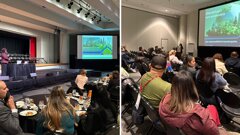
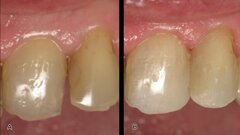
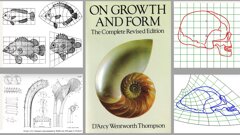





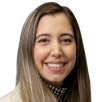

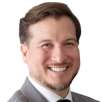

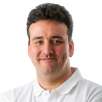














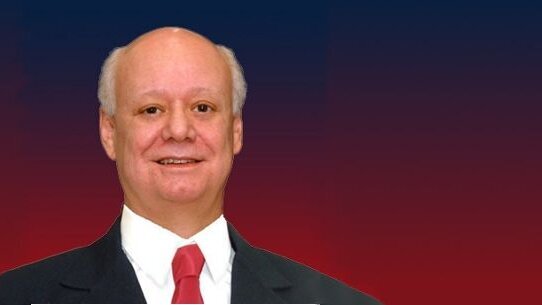
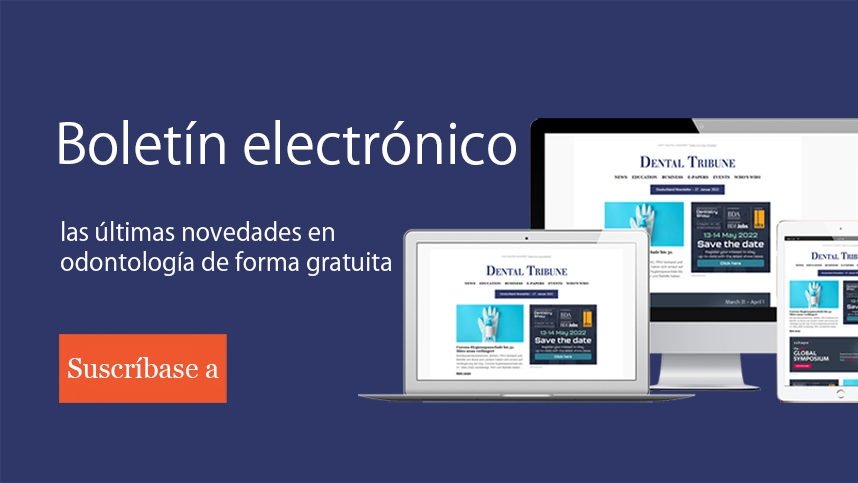


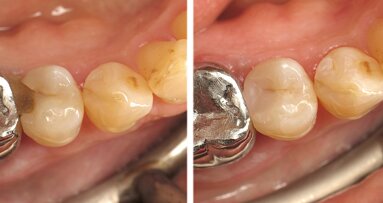
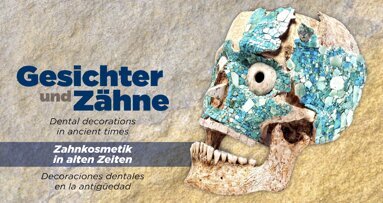
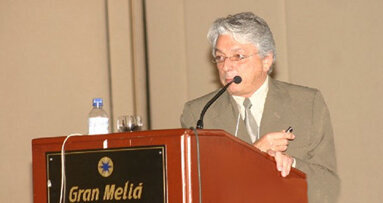
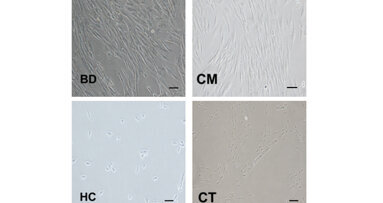
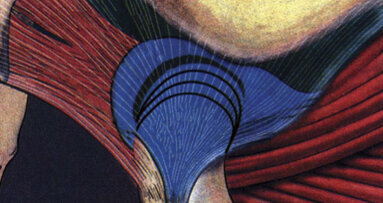
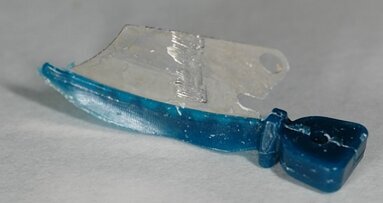
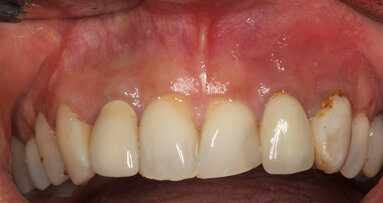
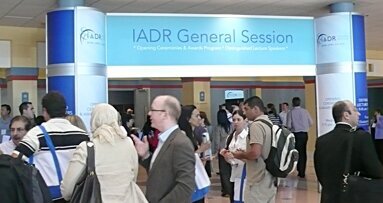
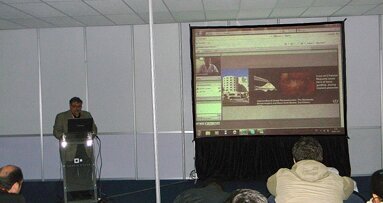
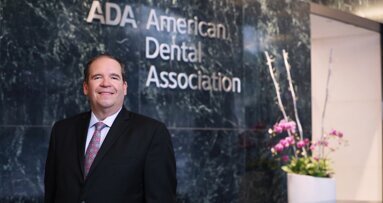



























To post a reply please login or register